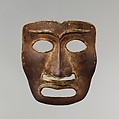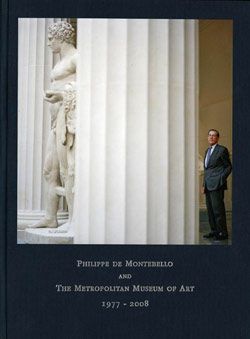War Mask
Masks for use in ritual dances and other ceremonies are well known in Tibet and Mongolia, and were made from papier-mâché, leather, or gilt copper. This mask is exceptionally rare, however, because it was made of iron for use in battle, and is one of only two known masks of this type with distinctly Mongolian or Tibetan features. Bronze and silver war masks were used during the Roman Empire and in the Ancient Near East. Iron war masks dating from the 10th to 13th century are known from southern Ukraine and Russia, from Iran during the 13th century to the 16th century, and Japan, where they were worn by Samurai warriors from the 15th to the 19th century. This example provides a unique Central Asian link in the use of war masks from the western steppes of Europe to the eastern edges of Asia.
Due to rights restrictions, this image cannot be enlarged, viewed at full screen, or downloaded.
This artwork is meant to be viewed from right to left. Scroll left to view more.


s2.JPG)

